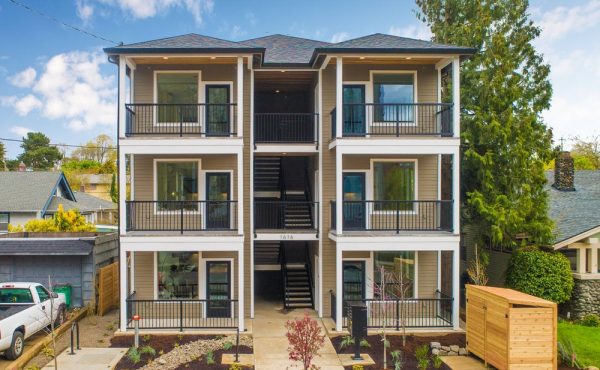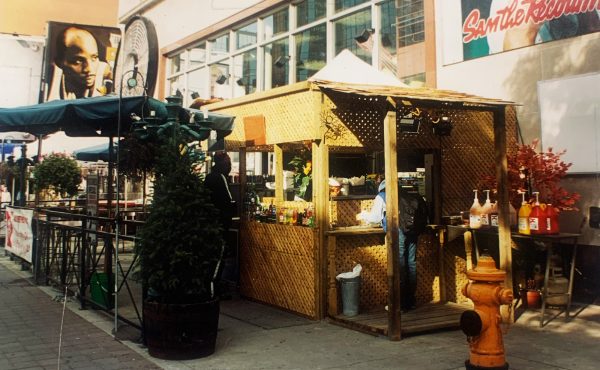

Each week we will be focusing on blogs from around the world dealing specifically with urban environments. We’ll be on the lookout for websites outside the country that approach themes related to urban experiences and issues.
– – – – – – – – – – – – – – – – – – – – – –
• Long-emblematic of urban decline, Detroit continues to suffer from poverty, racial segregation, insufficient infrastructure and municipal corruption. An in-depth piece on the New Republic explores Detroit’s grim past and finds hope in its future.
• A fascinating post on Mental Floss looks at the mysterious rail and subway systems hidden “beneath the bustling streets of some of America’s biggest cities”.
• Come tomorrow America’s transit future could change dramatically as President Obama is scheduled to announce the benefactors of the $8 billion the administration has set aside for high-speed rail transit. The Infrastructurist provides a detailed overview of the transit projects most likely to benefit from the funding.
• Urban News looks at the tremendous success of food carts in Portland, Oregon. 400 food carts have sprung up in the city in the last few years; adding diversity to the city’s culinary scene and vitality to the it’s urban landscape.
• The havoc wrecked on Haiti’s Port-au-Prince–its capital city and urban heartland--has sparked a worldwide conversation on the country’s future. In addition to the scores of homes and commercial buildings lost the city’s port, airfield, electric gird and road system have been all but wiped-out. A return to anything like normality demands on immediate investment in the city’s infrastrucutre. While I looked at Haiti’s in last week’s World Wide Wednesday, the scale of urban destruction and recent discussions on the city’s future warrant another mention this week. The aftermath of the quake has changed the urban landscape of the country irreversibly; thousands of Haitians are returning to the country side (a historical reversal after a decade of rapid urbanization) and Port-au-Prince (whatever form the rebuilding takes) will a emerge wholly transformed city. As reported by The New York Times a meeting among western world leaders in Montreal this past Monday led to a $3 billion commitment for a coordinated 10-year rebuilding effort. And as the L.A Times reports, 50 of Haiti’s most prominent architects, engineers and urban planners have been meeting daily since the January 12th earthquake to discuss and plan the city’s future.
photo of Haiti from United Nations Development Programme’s photostream




One comment
Port au Prince should be largely abandoned. It has basically had the same fate as Cap Haitien, being a Haitian capital city located on a fault (Enriquillo-Plantain Garden in PauP’s case, Septentrional-Orient fault zone in Cap Haitien’s.)
Any future investment in Haiti should concentrate on the most stable zones on that part of Hispaniola.